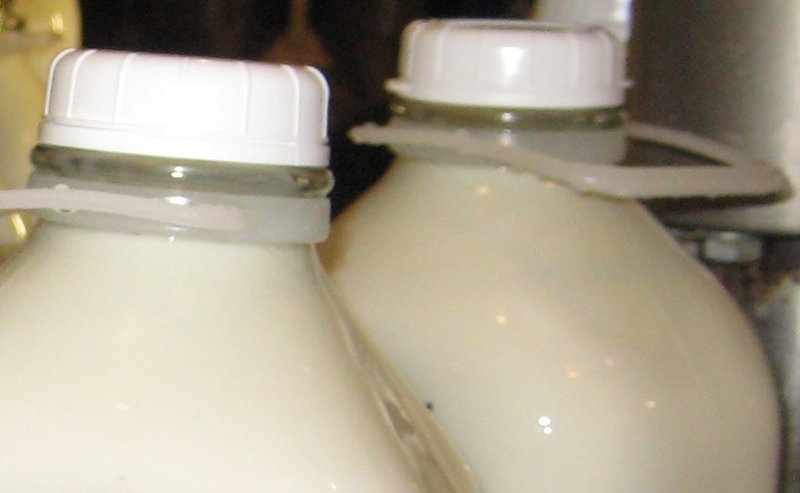Content ID
Milk Prices Fall as Production Rises

USDA’s June Milk Production report was released on Friday, July 20, and again showed an increase in milk production at 1.2% larger than a year ago. The cow herd remained unchanged at 9.404 million head. The dairy industry is producing more with less, as technology and more efficient practices continue to evolve.
Unfortunately for the dairy industry and especially the milk producers, prices are likely to remain range-bound in the short term, which we would define as the next 3 to 6 months. The dairy industry continues to struggle financially. Yet, with production continuing to show higher figures relative to the previous year, it becomes more challenging to argue that demand will increase enough to make up the difference to support higher prices.World demand continues to rise, and that could be the differential. However, with tariff concerns hanging over the market, expect more of the same, and that is range-bound price activity. A lack of processing capacity may act as a price flooring mechanism. From a long-term perspective until demand catches up to supply, rallies will likely be few and far between.
Unfortunately, what the market probably needs is more pain. Pain comes in the form of enough losses in the producers' pocketbooks to suggest liquidation. Beef prices, while somewhat attractive, are not where they were just a few short years ago, and are not creating an environment where producers are quick to cull the herd. It is human nature to want to increase your production. From a micro-level this may work. From a macro-level, it produces more inventory that the marketplace has to absorb, usually through lower prices.
The good news is that, with prices languishing at current price levels (near $14.00 to $16.00), demand should continue to gradually grow both domestically and worldwide. When there is a strong demand base, it is just a matter of time before prices gravitate higher. Good demand can also lead to a scenario where something may come along to disrupt supply. Consequently, prices can rise quickly. Adverse weather can be an impactful event for dairy producers. However, this summer's weather has been generally conducive to milk production, and likely not a factor in the near-term forecasts.
Producers should watch for rallies and then defend the higher prices. There was a point in the year when milk prices on most futures contracts were trading close to or above $17.00. That quickly fell apart. The market is well aware that feed grains have ample inventories and are relatively cheap and available. Use milk rallies as opportunities to shift risk through forward contracting, hedging, or purchasing puts. More advanced traders may consider purchasing a put and selling an out-of-the money call in what is known as a fence strategy.
-------------------
If you have questions or comments, contact Top Farmer at 1-800-TOP-FARM Ext 129.
Futures trading is not for everyone. The risk of loss in trading is substantial. Therefore, carefully consider whether such trading is suitable for you in light of your financial condition. Past performance is not necessarily indicative of future results.
Tip of the Day
When you mow in a remote area




